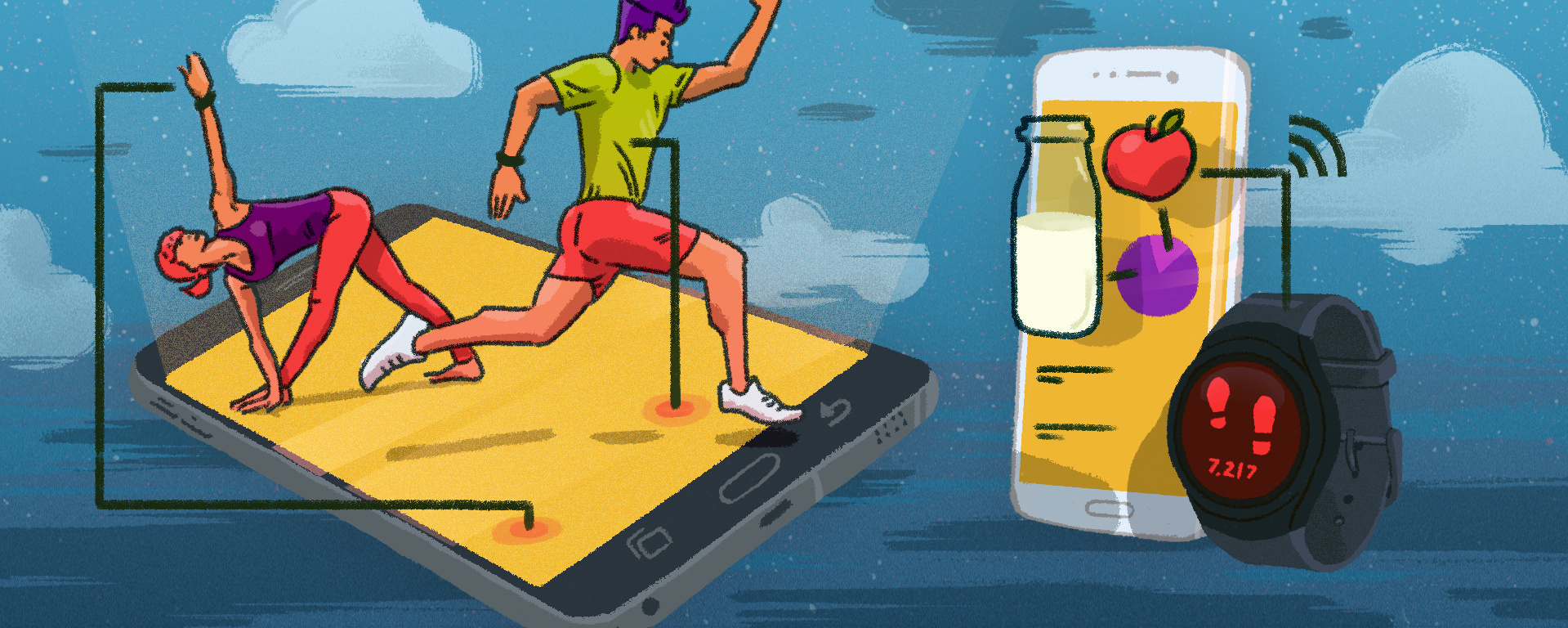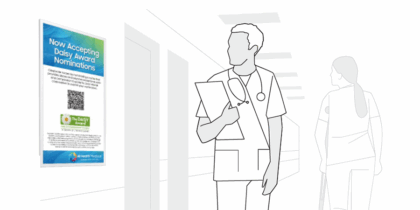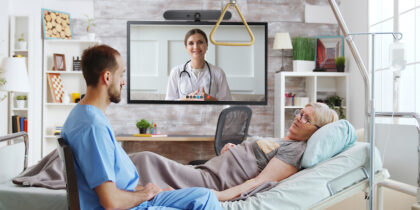Lately, healthcare news has been dominated by talk of mobile health applications. The emergence of these apps has the potential to become a key driver in the personal health revolution, but generational differences and individual preferences account for some variation in their prevalence across the board.
The Growth of Mobile Healthcare
According to PCMag, 70 percent of people globally will have smartphones by 2020, and a full 90 percent will be covered by broadband networks. Considering the attachment people have to their devices, the global increase in smartphones opens up an entirely new world of connection for the healthcare industry.
The use of mobile apps offers healthcare professionals the opportunity to expand their care beyond its traditional clinical limitations, into a more holistic, life-changing role. The majority (58 percent) of smartphone users have downloaded a health-related app, and 41 percent have downloaded more than five, clearly illustrating that people are both concerned about their health and willing to take action.
Using Digital Solutions
Because the world of personal health monitoring is changing so quickly, there is quite a bit of variation in the digital health scene. All of this innovation works to bridge the gap separating personal mobile trends and health-related benefits, with some of the most notable progress taking place in the realms of apps and wearables.
Apps Are the Most Prevalent Mobile Healthcare Solution
Health apps form the backbone of mobile healthcare, and many have impressive download rates. These numbers highlight the amount of innovation underway in mobile healthcare applications. According to a February PwC poll cited in the Financial Times, “people are demanding more convenient care, more access and a bigger say in decisions about them and their care … They’re willing to have their care in non-traditional settings, from non-traditional players.”
The majority of apps meeting this new demand are prevention-related, with many encouraging healthier lifestyles and pushing fitness and nutrition changes. There has also been growth in the area of “brain health,” with multiple apps looking to improve memory as well as verbal and numerical reasoning. Still others take the approach of improving clinical results and experiences by tackling prescription management, hospital check-in, clinical trials and even diagnosis.
Wearables Address a Wide Range of Health Issues
Apps are only one part of the mobile healthcare puzzle and are, on their own, largely disconnected from an area of enormous potential in the age of big data and patient-generated information. When it comes to collecting the massive amount of data needed for population health initiatives (and doing it accurately), wearables are the clear front-runner. They possess an amazing range of capabilities and uses, and include innovations such as:
-
Hearing aids that address mild to severe hearing loss
-
Clothing that replaces traditional wristband wearables
-
Prescription cardiac activity monitors
-
Continuous, remote temperature-monitoring devices
Understanding the Generation Gap
Despite the many exciting innovations in mobile healthcare, there are still many users who would prefer to manage their health in more traditional ways.
A HealthMine study found that when it comes to heart health, only 27 percent of people with a known heart condition and/or risk are using activity trackers, and of those, only 16 percent use them to manage their heart conditions. However, patients aren’t rejecting this technology due to ineffectiveness — 74 percent of users report that activity trackers are useful in managing their conditions. Of the 69 percent surveyed who didn’t use mobile health tools, 36 percent said they preferred more “traditional” methods of managing their care.
The preference for traditional healthcare management may largely be generational, as older patients are slower to take on new forms of healthcare delivery. For example, it’s been found that while millennials prioritize patient engagement in their healthcare decisions, baby boomers and the silent generation still look to their providers as guides when it comes to care decisions and engaging with technology. Although this demographic holds significant potential for growth, clinician recommendations will weigh more heavily in gaining traction with them.
Although the popularity of mobile health apps is steadily increasing, it’s essential to consider demographic nuances, such as generation gaps, as digital healthcare becomes more prevalent in the future.
Samsung offers a wide range of wearables including its Gear smartwatches to help monitor health and improve work-life balance.







